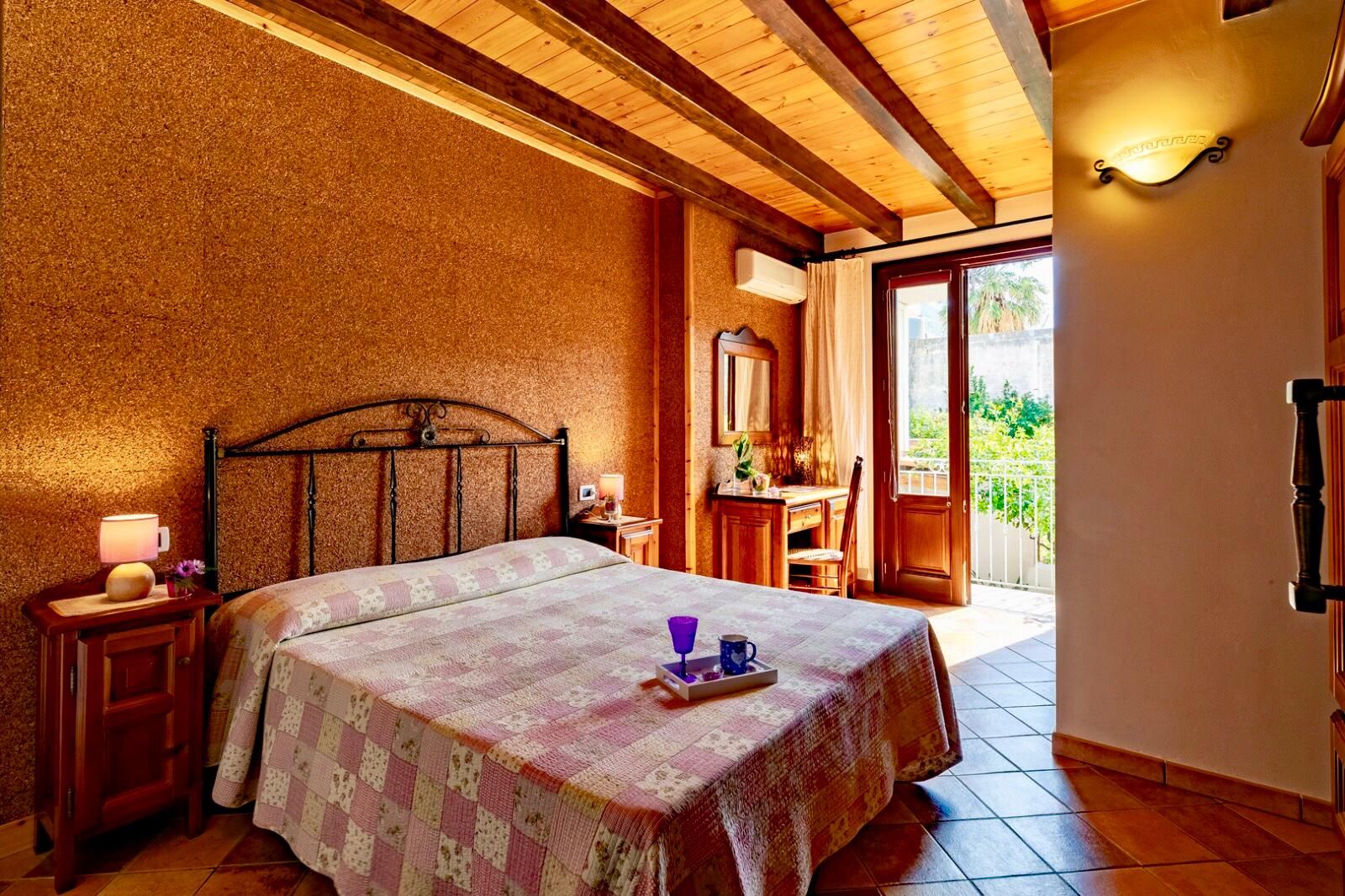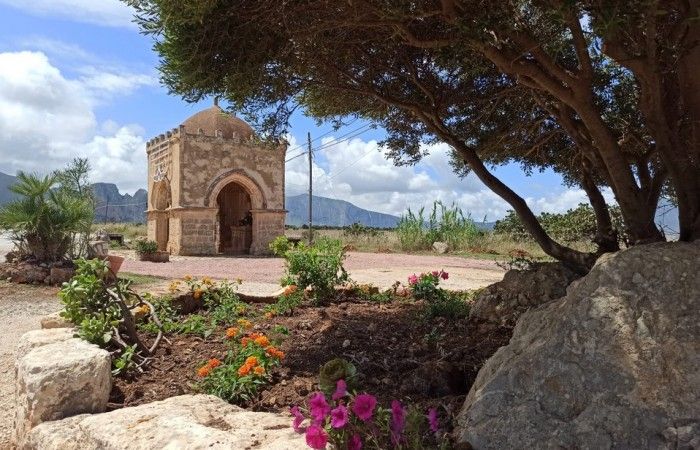San Vito Lo Capo: between legend, history and tradition
Chapel of Santa Crescenzia
The origins of San Vito Lo Capo are linked to an ancient legend which narrates the vicissitudes of a young Roman patrician, son of a high official of ancient Rome.
One day the young man, to escape Diocletian's persecution, decides to flee from Mazzara, his hometown, together with his nurse Crescenzia and his tutor Modesto who had converted him to Christianity.
After a few days of sailing towards the northern coasts of Sicily, the three were caught by a storm which forced them to land in a gulf protected from the wind, known to sailors of the time as Egitarso or Egitallo.
Here the three stop trying to convert the inhabitants of the Conturrana village to Christianity.
However, Vito, Modesto and Crescenzia did not succeed in their aim and were actually chased away and threatened by them.
It was then that a huge landslide buried the village and its inhabitants. The terrible news reached the entire island and made people think of divine punishment.
Arriving by car in San Vito Lo Capo you can, even today, see a large landslide area attributable to those events, called Contrada Valanga and a few hundred meters away a chapel dedicated to Santa Crescenza , built by the people of Erice in the 16th century.

Sanctuary of San Vito
The passage of Vito and Crescenzia caused great emotion among the people of the area, and around 300 (Vito died in 299 at the age of 22) the first nucleus of the small church dedicated to him was built where the Sanctuary is now located.

Over the centuries the small building underwent various interventions also because there were more and more pilgrims who came here from all over Sicily to venerate the Holy Martyr. Nothing existed around it and the pilgrims were forced to sleep in tents or in the open.
The original building, which would give way to the current Sanctuary, was born around the church as a fortress - accommodation to give hospitality to pilgrims and to defend them from bandits and Barbary corsairs.
This construction dates back to the end of the 1400s, and this is also due to the faith (and finances) of the people of Erice.
The square tower of the church - sanctuary - fortress was built about 150 years later, around 1600.
The fortress had elegant accommodation for the nobles and modest rooms for the poor people, stables and even a well called "of Santo Vito".
The fame of the church and the miracles credited to the Martyr San Vito and Santa Crescenzia, the "divine" punishments (storms, shipwrecks) that struck several corsairs who had had the audacity to sack the church and rob the faithful, attracted more and more people around the sanctuary, and so at the beginning of the 1700s the first houses were built close to the building.
It is probable that at first they were only huts for the faithful in transit, then some families decided to stop, perhaps to offer - for a fee - food and accommodation to the pilgrims; at the end of the 18th century a small group of houses already existed around the church.
Thus the town of San Vito was born, but many decades still had to pass before San Vito Lo Capo and its districts became inhabited centers in the true sense of the word.
Today the hamlets of Macari and Castelluzzo are part of the same municipality, immersed in the green Sicilian countryside and very close to one of the most beautiful stretches of the Trapani coast.





_7327.jpg)




_8463.jpg)
